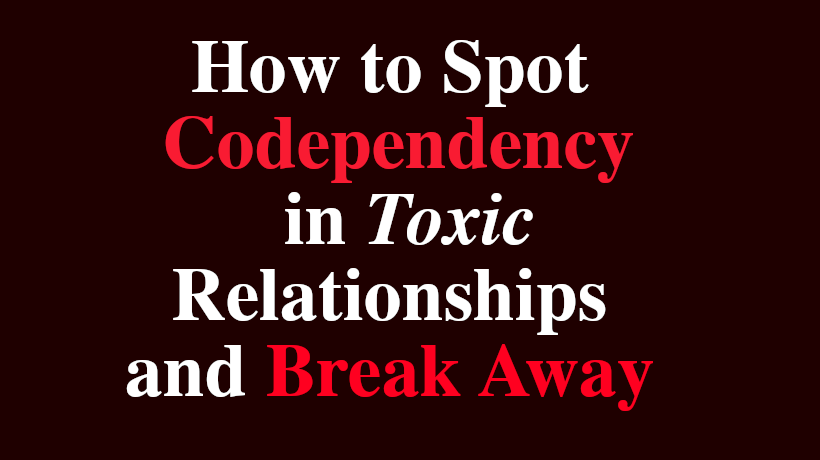Codependency has many different professional and personal definitions. Some people might see it as being too caring in relationships while others might see it as an enabler for people’s destructive behavior patterns. It’s not always easy to spot codependency in relationships and usually when it is, that person is already trapped in an emotional rollercoaster. Here are a few key signs of a toxic, codependent relationship:
Signs to Look Out For
Toxic pairings can often start off warm, caring, and full of love. To the outside world and the codependent, everything starts out fine. However, according to licensed therapist Darlene Lancer, while the codependent is busy falling for a toxic person’s charm, they might be using that time to gain control. “The codependent willingly sacrifices boundaries, personal desires, goals, and even personal happiness in order to pursue and please the narcissist,” Lancer says.
Once they see they’ve gotten everything from you, a toxic person will then start to show their true colors says Communications Coach Preston Ni. According to Ni, toxic people trap victims in a repetitive cycle of verbal, emotional, and sometimes physical abuse while holding them hostage mentally or financially. Ni outlines 3 different types of codependent-narcissist cycles that people can get trapped in:
- The Co-Dependent Enabling Narcissistic Cycle: Initial charm, increasing criticism and abuse, contrition and apology, restitution, and bribes to “win” the victim back.
- The Co-Dependent Coercive Narcissistic Cycle: Initial charm, increasing criticism and abuse, coercion (threaten to withhold emotional, psychological, sexual, material, or financial support), gain compliance through duress, a brief period of calm.
- The Co-Dependent Guilt-Beating Narcissistic Cycle: Initial charm, increasing criticism and abuse, profess disappointment and blaming the victim (“I’ve done so much for you, and this is what I get in return!”), gaining compliance through eliciting partner’s guilt, a brief period of pacification.
By getting stuck in these patterns, Lancer says victims begin looking for the love they once received, not knowing they won’t experience it again.
How to Break Away
Codependents don’t usually see ending a relationship as an easy option, because they have taken on the responsibility of saving it. However, since toxic people usually see nothing wrong with their actions, Lancer says, it is usually up to the codependent to cut ties. Even though a codependent may reach some type of “breaking point”, they will hesitate in fear of being alone or looked at as a failure. In order to truly break away and prevent the cycle from happening again, Lancer says codependents must learn to set healthy boundaries for themselves, build their self-esteem, and love themselves enough to not enter any more dysfunctional relationships. Codependency is not easy to break away from and help can be sought out from therapists and medical professionals.
Sources:



